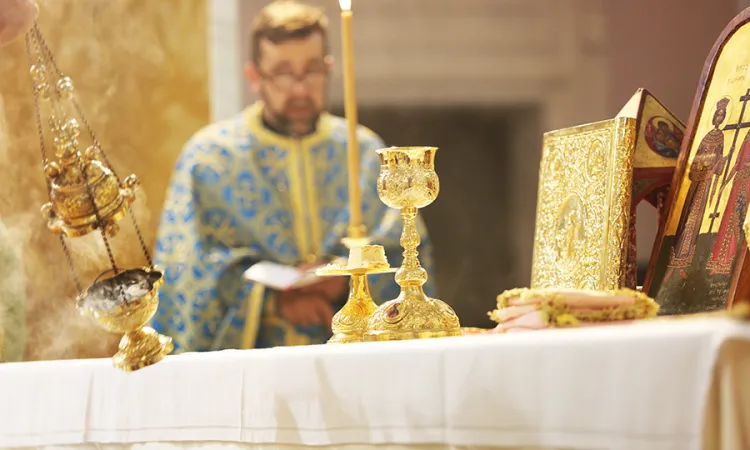Sep 22, 2016
It was a single word that brought about the decisive split between the Eastern and Western churches. It happened in May 581, at the Council of Toledo, when the bishops of the Visigoth kingdom added the Latin word "filioque" to the then-200-year-old Catholic creed of the Council of Nicea-Constantinople.
In English, the word means: "and the Son." Ever since that day, Christians of the West pray in their creed: "We believe in the Holy Spirit, the Lord, the giver of life, who proceeds from the Father and the Son," whereas in the Eastern Churches to this day they pray: "We believe in the Holy spirit, the Lord, the giver of life, who proceeds from the Father." This addition first attained the rank of dogma under Pope Benedict VIII, and then again in 1215, by which time alienation between East and West had substantially increased.
However, it was but this single word that became both a stumbling block and a milestone in the separation process between the Eastern and Western Church. Thousands upon thousands of highly erudite words only further deepened the rift and never could heal it.
But this week, in a quiet ceremony unnoticed by most media, a single image brought the Eastern and Western Church together in way that arguably has never happened before. On this Sunday, Sept. 18, in the small town of Manoppello in the Abruzzi mountains, 70 Orthodox bishops celebrated, together with two cardinals and many Roman Catholic bishops and clergymen, the Divine Liturgy of St. John Chrysostom before the image of the "Holy Face." The holy veil had been hidden for more than 300 years in a side chapel of St Michael's Church, until, after the great earthquake of 1915, it was publicly displayed for the first time again, in the year 1923, over the main altar of a newly constructed building, where it can be visited and adored every day.



